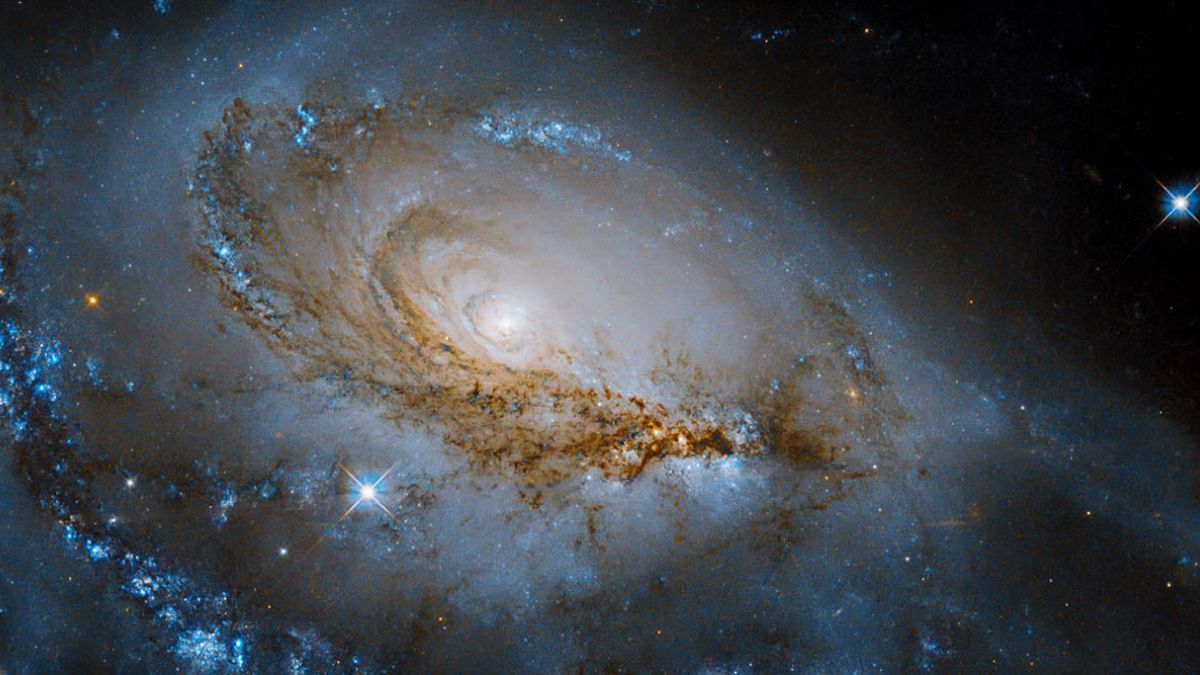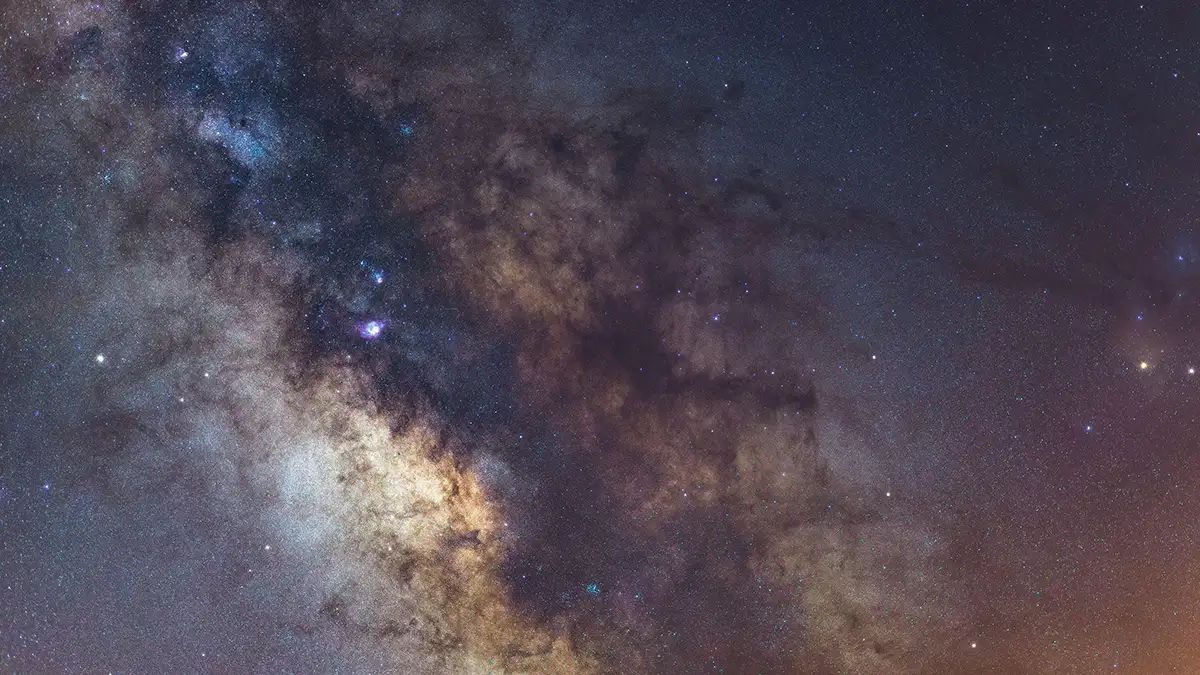The Hubble Space Telescope has once again outdone itself, capturing a spectacular view of something 64 million light years from Earth—yes, million. In the faraway constellation of Eridanus, a galaxy named NGC 685 is putting on quite the cosmic show. But it’s not just any galaxy; it’s a barred spiral galaxy filled with newborn stars, like a maternity ward of the universe.
This discovery isn’t just another pretty picture. It gives scientists clues about how stars form, evolve, and light up the night sky. So, who is NGC 685, and why is it such a big deal? Let’s cut into the details.
Galaxy
NGC 685 may be smaller than our Milky Way, but it’s just as visually stunning. It boasts a bright central bar and graceful spiral arms that swirl outward like ribbons. But what really catches the eye—and the telescope—is what’s happening inside those arms.
These arms are filled with pink and blue clouds. The pink zones are known as H II regions, places where young stars are born and their energy lights up the gas around them. The blue areas? They’re packed with clusters of newborn stars, hot and fresh from the cosmic oven.
Youth
What makes NGC 685 unique is its youthful energy. The spiral arms, especially, glow bright blue—an indication of very young, very hot stars. These stars are much hotter than our Sun and don’t last as long, but they burn brilliantly while they’re around.
The pink clouds scattered throughout the arms are made of hydrogen gas glowing from the heat of these new stars. Scientists are especially excited because this is star formation in real time, a rare and valuable look into how galaxies evolve.
Cradles
The H II regions in NGC 685 are essentially stellar nurseries. They’re formed when ultraviolet radiation from new stars ionizes the surrounding hydrogen gas, causing it to glow. But this light show doesn’t last forever. Over time, the same stars that created these glowing clouds will blow them apart as they mature and send out stronger radiation.
It’s like watching the circle of life—but in space.
Team
This amazing observation didn’t come from Hubble alone. It’s part of a massive collaborative effort between the three biggest names in space observation: Hubble, James Webb Space Telescope, and ALMA (Atacama Large Millimeter/submillimeter Array).
Together, this space dream team is working to identify more than 50,000 H II regions and 100,000 star clusters in nearby galaxies. Hubble captures the visible light, Webb adds infrared data to peek through dust, and ALMA contributes radio waves to spot cold, hidden gas.
Here’s how they team up:
| Telescope | What It Observes | Role in Star Study |
|---|---|---|
| Hubble | Visible and UV light | Captures sharp images of galaxies |
| James Webb | Infrared | Sees through dust to hidden stars |
| ALMA | Millimeter/submillimeter | Tracks gas clouds and early star birth |
Meaning
So why does any of this matter? Well, studying galaxies like NGC 685 isn’t just about their beauty. It’s about unlocking the secrets of how stars form and what that means for our own place in the cosmos.
Every star, including our Sun, started in a place like this. By observing NGC 685 and others like it, scientists are piecing together the puzzle of the universe’s history—and possibly its future.
Wonder
There’s something deeply moving about looking at galaxies millions of light years away and realizing they’re full of life—not in the way we live, but in cosmic terms. Star birth, light, heat, energy—it’s all happening out there, constantly.
NGC 685 is more than a scientific object; it’s a reminder of how vast and mysterious the universe is. And thanks to telescopes like Hubble, Webb, and ALMA, we get to witness it from our little planet.
So next time you glance at the night sky, just think—out there in the dark, stars are being born in pink clouds and blue spirals, 64 million light years away. It’s humbling, isn’t it?
FAQs
What is NGC 685?
A barred spiral galaxy 64 million light years away.
Why is NGC 685 special?
It’s filled with young, hot stars and glowing pink gas clouds.
What are H II regions?
They’re star-forming clouds that glow from ionized hydrogen.
What telescopes studied NGC 685?
Hubble, James Webb, and ALMA worked together.
How far is NGC 685 from Earth?
About 64 million light years away in the Eridanus constellation.























